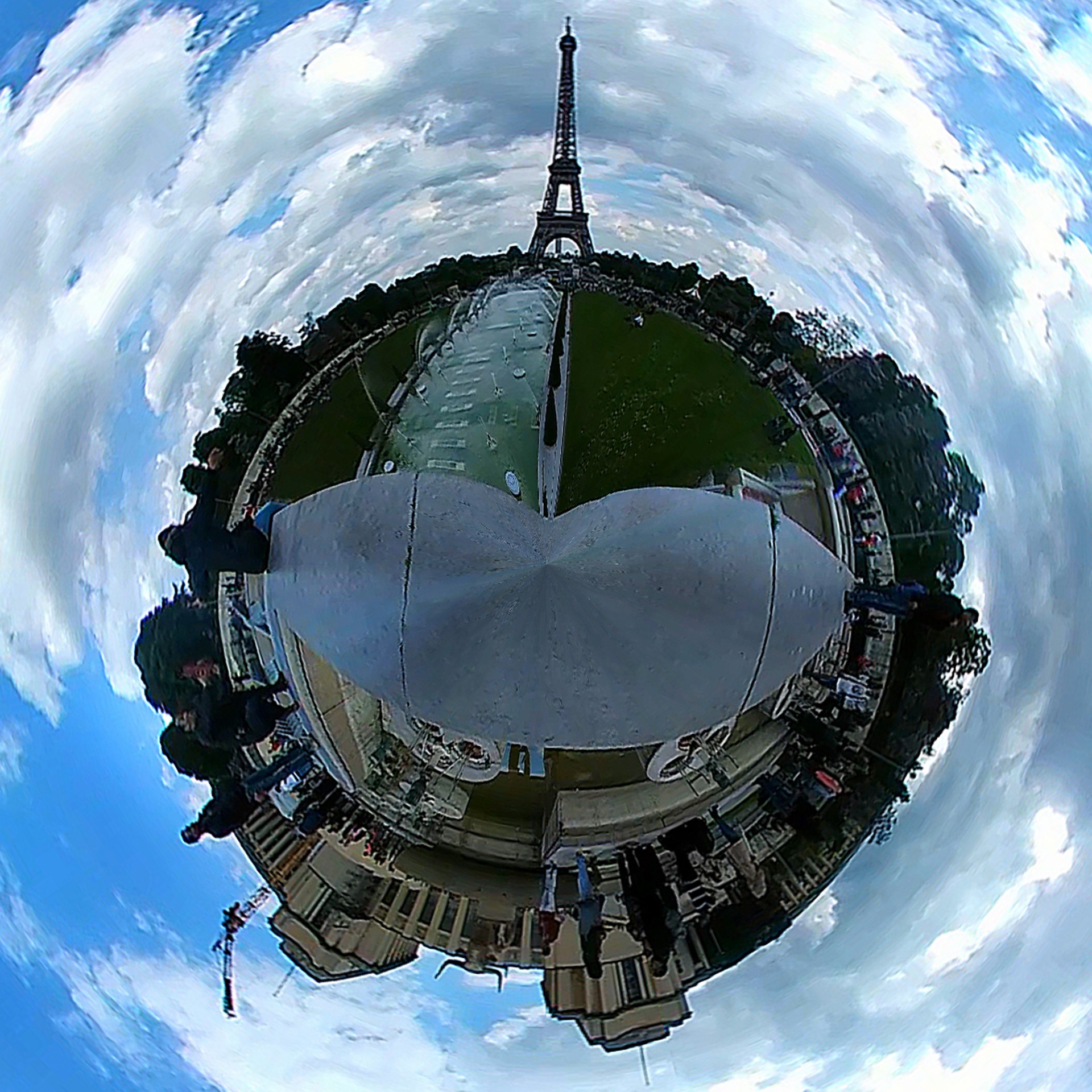
The original image from 2000 was created by NASA using data from the Defense Meteorological Satellite Program (DMSP)'s Operational Linescan System (OLS), originally designed to view clouds by moonlight. This satellite uses the “day-night band” of the Visible Infrared Imaging Radiometer Suite (VIIRS), which detects light in a range of wavelengths from green to near-infrared and uses filtering techniques to observe dim signals such as gas flares, auroras, wildfires, city lights, and reflected moonlight. It took over nine days in April 2012 and thirteen days in October 2012, during 312 orbits at 824 kilometers (512 miles) to capture the whole Earth. The main image of the Earth at night (2012) was captured by NASA using the Suomi National Polar-orbiting Partnership (Suomi NPP) satellite. Two versions of the images are available: Deserts in Africa, Arabia, Australia, Mongolia, and the United States are poorly lit as well (except along the coast and rivers), along with the boreal forests of Canada and Russia, and the great mountains of the Himalaya. The interior jungles of Africa and South America are mostly dark. Some regions remain thinly populated and unlit. 
The Nile River, from the Aswan Dam to the Mediterranean Sea, is another bright thread through an otherwise dark region.

In Russia, the Trans-Siberian railroad is a thin line stretching from Moscow through the center of Asia to Vladivostok. The United States interstate highway system appears as a lattice connecting the brighter dots of city centers. Cities tend to grow along coastlines and transportation networks. The brightest areas of the Earth are the most urbanized, but not necessarily the most populated (compare western Europe with China and India).

The Night Earth map shows the lights that are visible at night on the Earth's surface.







 0 kommentar(er)
0 kommentar(er)
